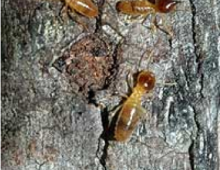JGIota: Looking back at how our cow rumen study drives higher learning
Hear from CSU-San Marcos course instructor Matt Escobar and UC Davis Associate Professor Matthias Hess, also the chair of the JGI User Executive Committee, on how a JGI study on cow rumen went from the lab to the classroom. [Read More]


